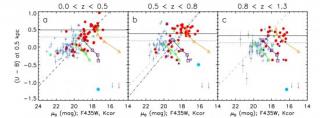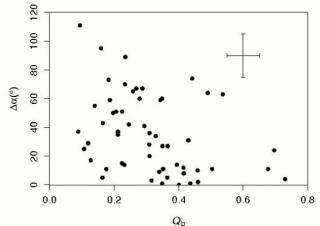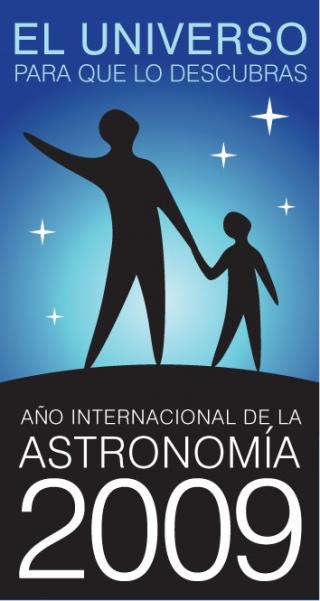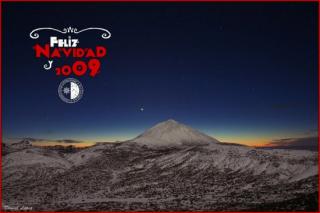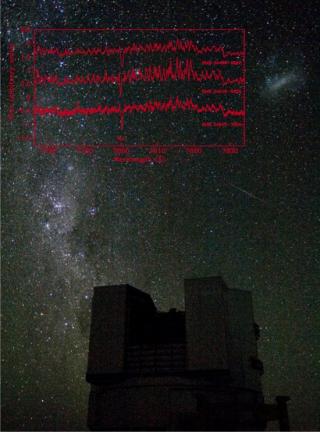
We have identified for the first time extragalactic rubidium-rich Asymptotic Giant Branch (AGB) stars in low metallicity environments such as the Magellacnic Clouds. AGB stars are the late stages in the evolution of low- and intermediate mass (1-8 solar mass) stars, when they develop thermal instabilities in the He-burning shell and suffer extreme mass loss. Thus, AGB stars are a principal contributor to the enrichment of the interstellar medium and so to the chemical evolution of galaxies, being fantastic laboratories to test the theory of stellar evolution and nucleosynthesis. The more
Advertised on
